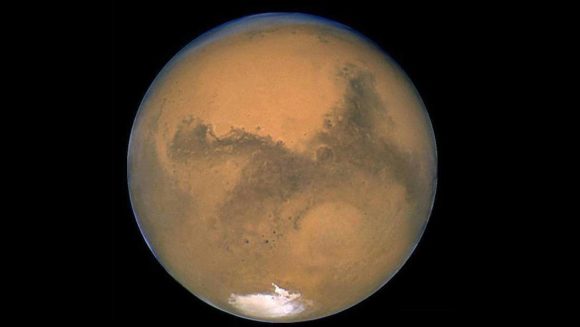
USA, April 19. - NASA's Curiosity robotic explorer has made a fundamental discovery that could rewrite our understanding of the ancient atmospheric conditions of the red planet. During its excavations in Gale Crater, the rover identified significant deposits of siderite, a carbonate mineral whose formation requires the presence of liquid water and an atmosphere significantly denser than today's.
"This discovery represents a crucial advance in deciphering Martian geological and climatic evolution," said Benjamin Tutolo, a geologist at the University of Calgary and lead author of the recently published study.
The research confirms previous theories about how atmospheric carbon dioxide progressively mineralized as Mars lost its protective gaseous layer, a process that radically transformed its habitat.
Although scientists had previously predicted this chemical transition, concrete evidence has been scarce until now.
“The abundant siderite detected provides tangible evidence that Mars had potentially habitable conditions,” explained Tutolo, stressing that this finding brings researchers closer to answering the fundamental question: did the red planet ever host life?
NASA announced that upcoming missions will examine sulfate-rich areas to verify these results. These studies could reveal with greater precision how and when Mars transformed from a temperate world with lakes and rivers into the frozen desert we know today. (Text and Photo: Cubadebate)